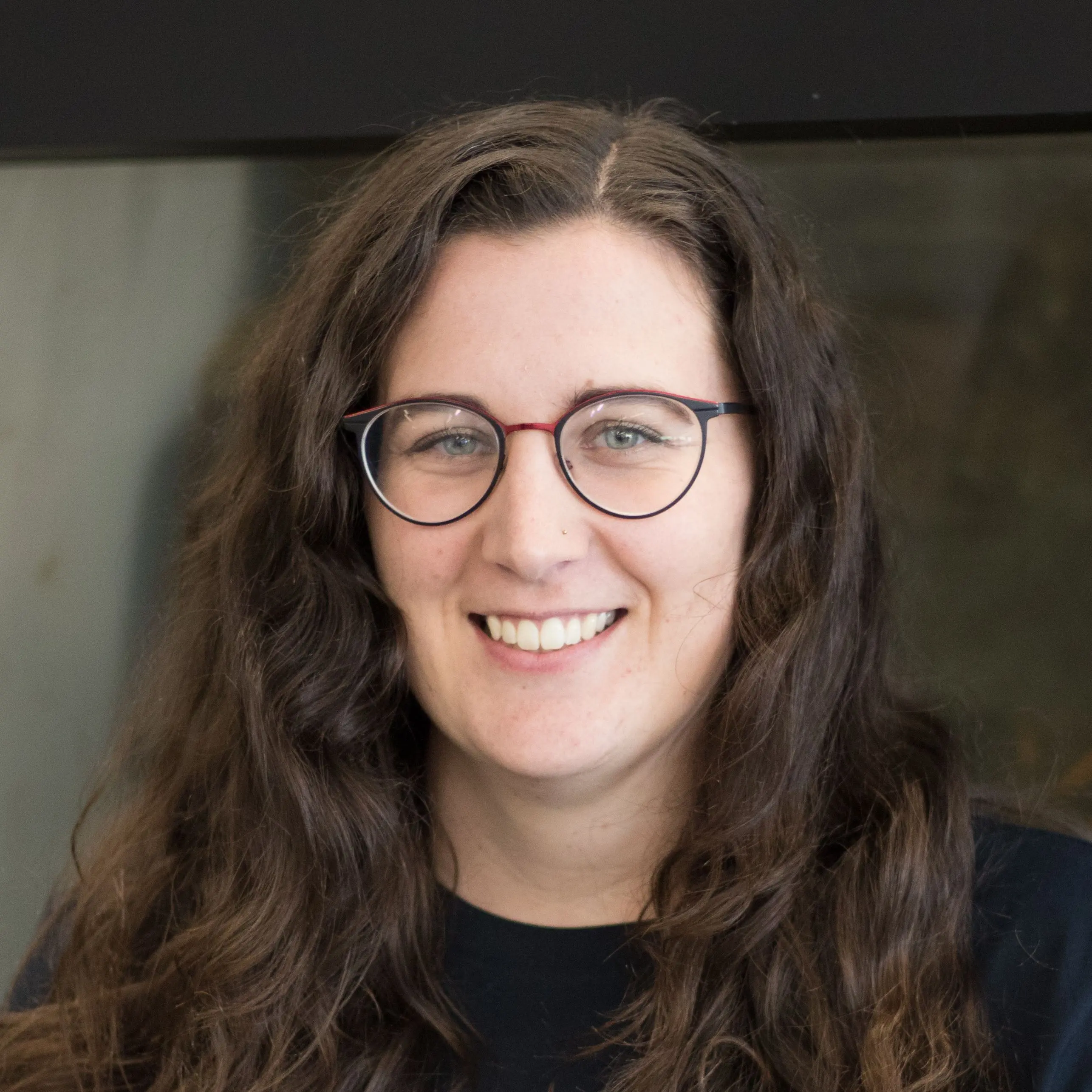The average Kiwi would not be able to say much about the remote town of Lauder, which is a small stop on the Otago Central Rail Trail and around 35 km from Alexandra. However, in the atmospheric research community its coordinates are very well known, as it is host to one of the best-equipped atmospheric monitoring facilities in the Southern Hemisphere. Following an introduction to my living quarters by Stefan, a German research assistant and my flatmate for the next two weeks, I was taken on a tour of the facility by Technician Dan Smale. I was introduced to the crew at Lauder, an amazing group of scientists and technicians, some of whose names I had come across on publications I had read for my own research.
As a bit of an atmospheric physics nerd (understatement), I was gobsmacked when the first stop on the tour was the Dobson Spectrometer to take one of the daily total ozone column measurements.
The Dobson Spectrometer is an ozone measuring instrument invented in the 1920s by Gordon Dobson. It uses direct sunlight to recognise the ozone absorption signature in the atmosphere and discern the total ozone column (the amount of ozone in the per square centimetre of atmosphere above the instrument). These instruments, placed all over the world, were crucial in the discovery of the ozone hole in the 1980s. Originally, they required much fiddling, wax paper and trickery to make a measurement. Now, as the process is mostly done by computer, it requires only proper calibration by a practised hand. We made our measurement and moved on up the hill to the sheds housing other atmospheric monitoring instruments.
Ozone is one of the original gases to have been tracked at Lauder. To begin with, the facility was used to study aurora (the Southern Lights) and ionosphere, followed by being a ground tracking station for satellites. In the early 1980’s research focus shifted into ozone and other trace gases. Now, the Lauder facility increasingly looks at Greenhouses Gases (GHGs). These gases are measured by in situ and remote sensing methods at Lauder. ‘In situ’ means that instead of using instruments to measurement the distant atmosphere above our heads, we instead take samples of the air around us to look at constituents. This is done on site, with air captured and transported by long pipelines to instruments that measure their constituents. These instruments measure the amounts of carbon dioxide (CO₂) and other GHGs. These measurements are hugely important as CO₂ is a primary contributor to the greenhouse effect. It does this by blocking outgoing infrared radiation from exiting the atmosphere, trapping it and causing the Earth’s temperature to rise. For a country that is committed to having net-zero carbon emissions by 2050, it is important that we are keeping track of that.
We then moved through to the Fourier Transform Infrared Spectrometers (FTIR), which use the spectrum of existing light sources (basically the Sun and the Moon) to measure gas profiles. They can measure specific amounts of gases up to 50 km altitude (for reference, planes fly at around 10 km).
Our final stop was down in sheds nestled behind the main building. This is the home of the Light Detection and Ranging (LIDAR) instruments. The LIDAR are active instruments. This means they use their own light source (lasers) to measure gas signatures. The lasers can be in the light spectrum from infrared, through the visible, and into the UV.
Just in my first two hours on site, I had learned so much about the important work done by NIWA here at Lauder.

Emily Gordon
BLAKE NIWA Ambassador 2018


